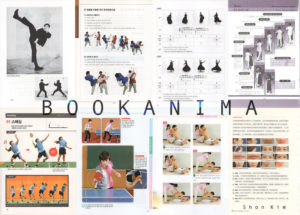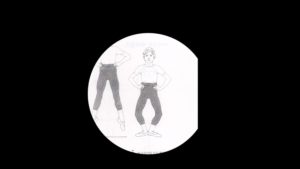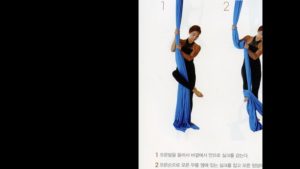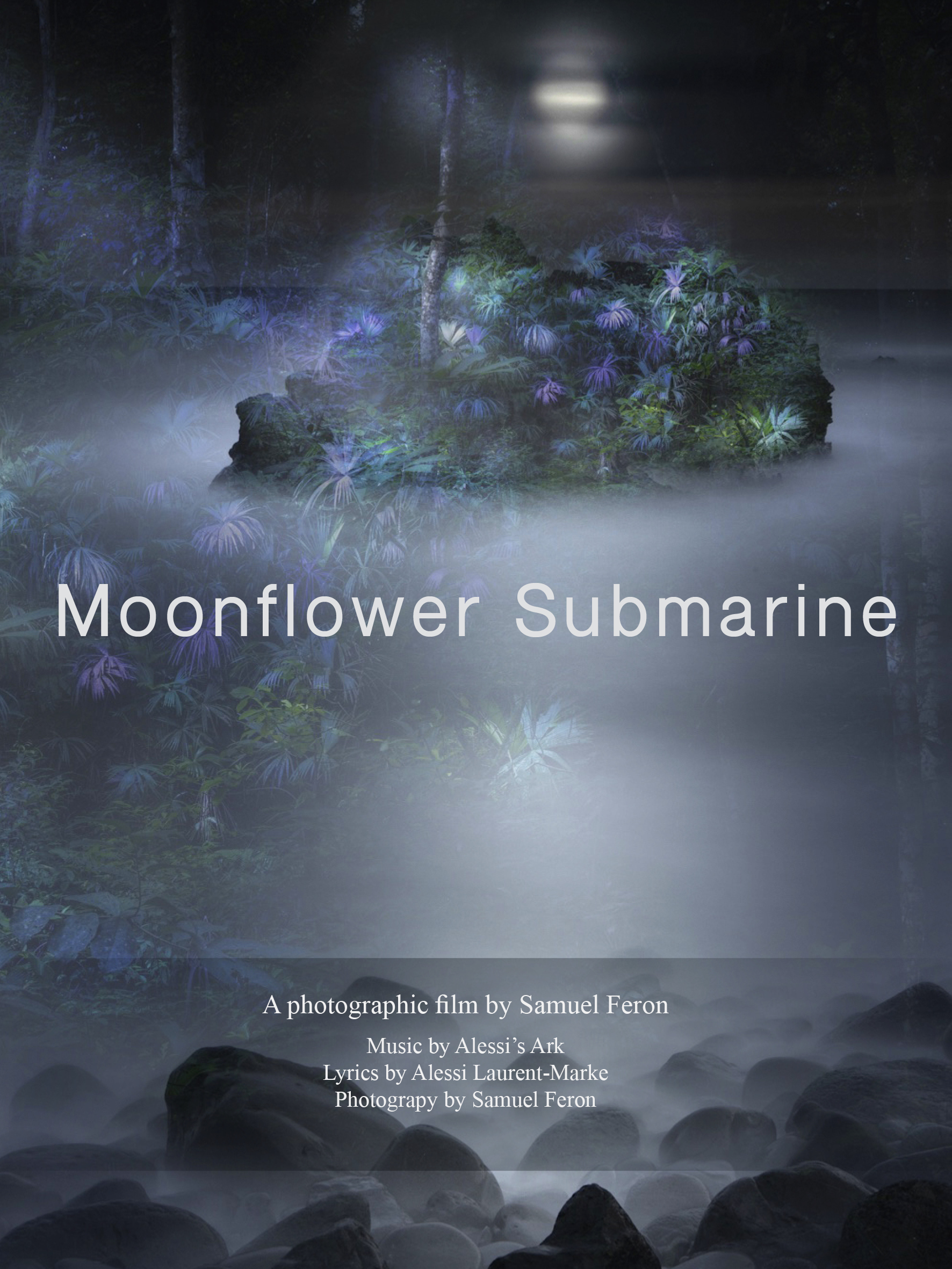
BIEFF 2019 Short Film Review “Bookanima: Dance”
WATCH THE TRAILER HERE
First, my Mind:
It’s time to move. As in–shall we dance? One of the most common yet wonderfully diverse, beautifully creative, visually captivating forms of expression we might encounter in this world, dance is a medium unto itself. It is the art of movement while storytelling, evoking within us magical places or grounded reality, joy or sadness, anger or bliss, all encompassed by the body’s ability to morph, twist and turn, with wild abandon or utter control, to communicate its intention through the music being interpreted. Indeed, dance is a powerfully emotive artistic style that cannot be denied. However, when we view dance and its myriad of incarnations and movements through the eyes of an instructional book, as the means of learning about it and applying it to our desire to be taught, would mere images be enough to engage, excite, and energize us? Let’s get animated and find out.
Next, my Mind:
How we feel and experience life is always a frequent thread expounded on in indie film. Often, it is through the various methods and mediums found via freedom of expression through artistic endeavor which illustrates this, and the beautifully creative, unique, and most certainly imaginative seven and a half minute short from writer/director/producer Shon Kim, screened recently at the 2nd Annual 2019 Berlin Illambra Experimental Film Festival housed at Salon AM Moritzplatz and hosted by Illambra, is a prime example of precisely how this is accomplished. Dance allows us to encounter a stirring of heart, soul, and mind, as its multitude of styles embody so many varying emotional states. But, in this case, all of this is explored through a completely unanticipated way.
Taking his inspiration from visionary photographers/filmmakers like Eadweard Muybridge and Etienne-Jules Marey, Kim brings everything to visually engaging existence via animating a dance instructional book and taking us as the viewer on a moving journey through the stylistic variances of Ballet, Korean, Modern, Jazz, Aerial Silk, Tap, Aerobic, Disco, Break, Hip-Hip, and Social dance types utilizing a chronophotographic approach that brings these static images to life and creates a most joyfully attention-holding adventure. This is a magnificently clever way to project the film’s foundational premise–being able to literally bring a book to screen cinematically through the use of animation techniques adapted from principals established in the late 1800’s. Again, truly, where else but within the independent film community would this be done?
It makes a statement, for this critic, that being able to plumb resources and technologies from long past eras and apply them to a contemporary project is a hugely valid yet underappreciated direction, especially within the animation arena, with CGI reigning as king of the hill when it comes to mainstream success and, frankly, acceptance. But it keeps being films like Kim’s here that are able to make us realize the value of all the methodologies, proficiencies, and expertise that allows what exists today to have been born, and I feel that’s even more so what makes efforts like this worthwhile to view and let peak our curiosity to go back and discover these lost arts and how they influenced today’s modern cinema, regardless of on what scale we prefer.
In total, “Bookanima: Dance” is fantastic work of film magic that heralds back to bygone times when the art of filmmaking was still in its infancy. When we see how deeply important imagery, movement, and overall visual execution is in film, whether live action or animated in the form here and beyond, it causes us to wonder what those original creators who originated these elements of filmmaking must have felt upon realizing the impact their work could have on the process of filmmaking, and I feel Kim’s work is a reflection of what I believe they felt like any pioneer–an elated sense of fulfillment to recognize what possibilities have now been made real.
As always, this is all for your consideration and comment. Until next time, thank you for reading!





